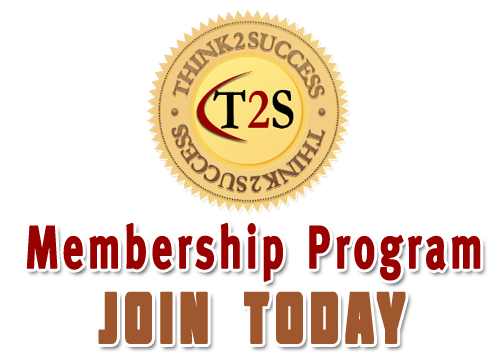

Photo courtesy of Flickr user Anant N S
When we ask managers and leaders how much time do they spend dealing with conflict directly or indirectly, the answer is always about 20% of their time or about one day/week. Conflict costs companies billions in lost productivity. A study by McLean & Company has shown overall team success drops 55% when conflict is not successfully managed. And when there is conflict, invariably trust will be broken as a result, further compounding the costs. So how can employees rebuild broken trust after experiencing conflict at work? Here are 3 incredibly effective strategies for rebuilding trust as quickly as possible.
Use Behavioral Preferences as the Basis for Resolving Conflict
It is entirely possible two people experiencing conflict are both right. So what does a manager do? The first and most important step a manager should take to help people recover from trust-breaking conflict is to help everyone understand their communication preferences. Some people are naturally very direct, and their communication can be perceived as very abrasive to some. Others are very detailed, and their focus on the details can be quite annoying to some. Differences in communication preferences play a significant role in conflict and trust breaking. We utilize the DiSC behavioral assessment with our clients as it is a highly effective tool for creating awareness which also creates prevention of some of the most costly forms of conflict.
Establish Guidelines for Resolving Conflict
Most managers assume people will resolve conflict on their own, and that is an incorrect and very costly assumption. On the flip side, team success is five times more likely when a team has a formal conflict resolution process in place. It is critical that managers establish a process for dealing with disagreements with the focus being on achieving a commitment to resolution. Develop a conflict resolution charter where everyone agrees to certain behaviors. For example, during a conflict resolution conversation, all parties involved should agree to focus on using facts and avoid making statements that are judgmental, inflammatory, or overwhelming one sided. Have the team develop the charter so that it will be followed and reinforced by all team members.
Provide Coaching to the Employees Involved
The cause of many forms of conflict can be found in differences in the values of those involved, and this may cause people to be extremely passionate about their position and perceptions. Getting the trust rebuilding process started requires a manager to be very adept at coaching employees without taking sides. Asking questions, particularly “what” and “how” questions, is an extremely effective strategy for gathering information, assessing the situation, and increasing the awareness of the negative impact of the broken trust. Often times, a skilled manager can motivate one side to approach the other side to talk through their issues. If employees know they are held accountable for resolution agreements, team success is increased by 3 times, so it pays, in the long run, to invest in effective coaching conversations.
There are a dozen other strategies that can be utilized by managers and leaders to deal with conflict and broken trust, but these three are required to be a part of any effective conflict resolution strategy. By using them, your employees will not only come out of the conflict much quicker, they will also experience higher levels of employee engagement as a result of understanding each other and being held accountable to drive to solutions rather than focus on individual preferences.
For more tips and strategies on effectively managing conflict, increasing trust, and coaching employees to success, explore this website, subscribe to this blog, and follow me on social media (Twitter, LinkedIn, YouTube, and Facebook). By doing so, you will gain access to leading edge research on management and leadership development and have access to daily inspirational and motivational quotes that will drive your team’s success trajectory upward. So don’t delay, follow me and build the habit of thinking yourself to success today!



Hi Sardek,
I would be interested in hearing your take on “friction” in the workplace.
This is not outright conflict, such as shouting or passive aggressive behaviours, rather, it is when a team member(s) does not seem to “fit” in with the rest of the group.
Descriptions of the colleague may include “irritating”, “they don’t get it”, and lots of sighing when their name is mentioned. What would you recommend?